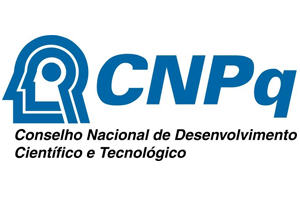Sazan Ezdeen Majeed
Department of Chemistry, College of Education for Pure Science, University of Diyala, Diyala, Iraq
Abdulqadier Hussien Al khazraji
Department of Chemistry, College of Education for Pure Science, University of Diyala, Diyala, Iraq
ABSTRACT
Background: Manganese (III) oxide (Mn₂O₃) nanoparticles have attracted significant interest due to their potential applications in biomedical research, particularly in cancer therapy. The synthesis method plays a crucial role in determining their physicochemical properties, which can influence their cytotoxicity against cancer cells. Objective: This study aimed to synthesize and characterize α-Mn₂O₃ and β-Mn₂O₃ nanoparticles using two different preparation methods—chemical precipitation and sol-gel—and evaluate their cytotoxic effects on MCF-7 breast cancer cells. Methods: The synthesized Mn₂O₃ nanoparticles were structurally and morphologically characterized using X-ray diffraction (XRD) to determine crystallite size and lattice parameters. Field Emission Scanning Electron Microscopy (FE-SEM) and Transmission Electron Microscopy (TEM) were employed to examine the nanoparticles' morphology, while Energy Dispersive X-ray (EDX) analysis was used for chemical composition assessment. The impact of the preparation method on nanoparticle shape, size, and biological effectiveness was analyzed. The cytotoxic activity of both α-Mn₂O₃ and β-Mn₂O₃ nanoparticles was assessed against the MCF-7 breast cancer cell line using standard in vitro cell viability assays. Results: The study demonstrated that the synthesis method significantly influenced the structural and morphological characteristics of Mn₂O₃ nanoparticles. Variations in nanoparticle size and shape affected their biological activity, with differences in cytotoxicity observed between α-Mn₂O₃ and β-Mn₂O₃ against MCF-7 cells. The nanoparticles exhibited dose-dependent cytotoxic effects, suggesting their potential as therapeutic agents in cancer treatment. Conclusion: The findings highlight the influence of the preparation method on Mn₂O₃ nanoparticle properties and their cytotoxic potential against breast cancer cells. Further investigations into their mechanism of action and biocompatibility are recommended to explore their potential applications in nanomedicine and targeted cancer therapy.
Keywords: Mn2O3 Nanoparticles, Chemical Precipitation and Sol-Gel Method, MCF-7 Breast Cancer.




